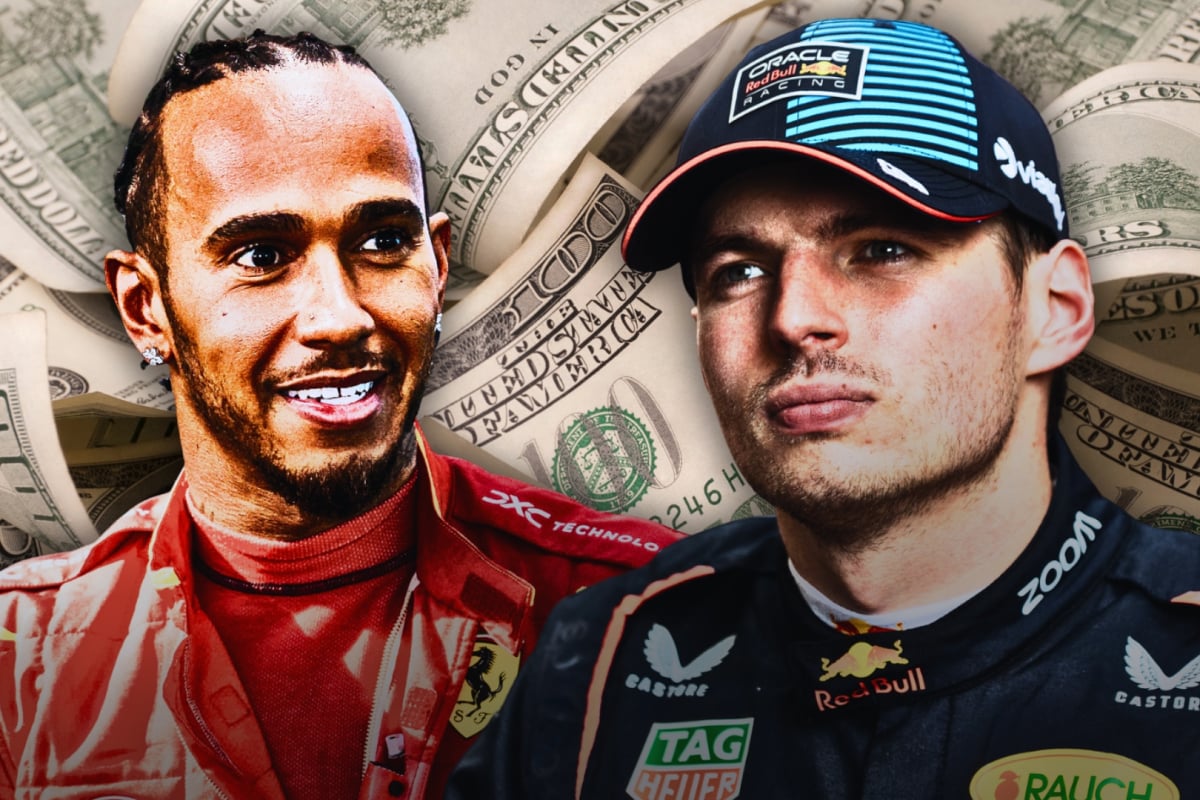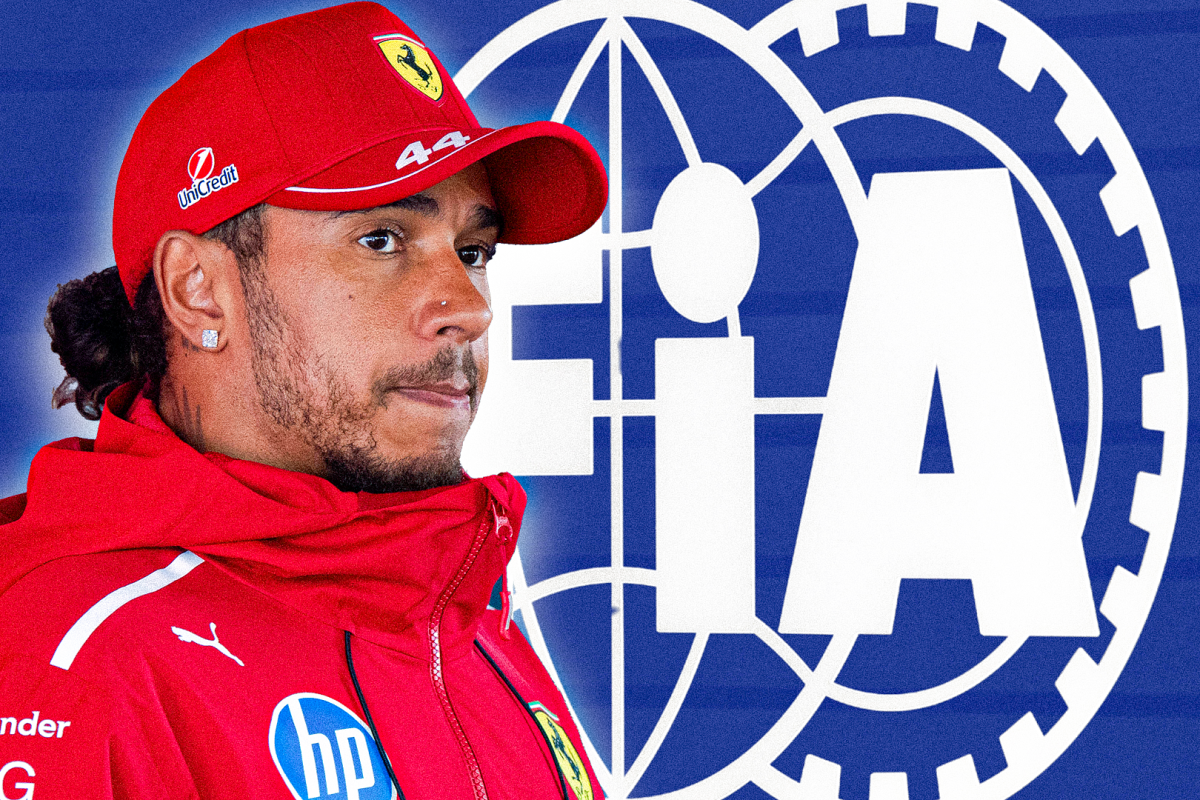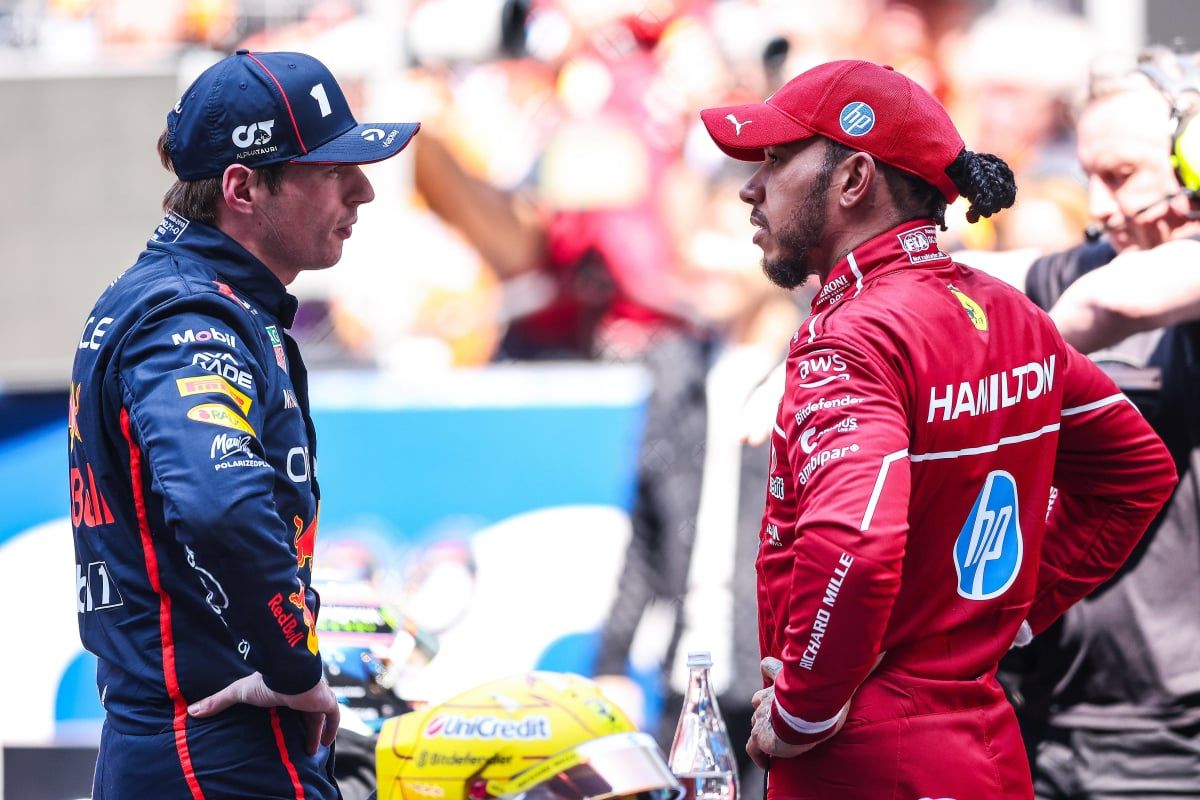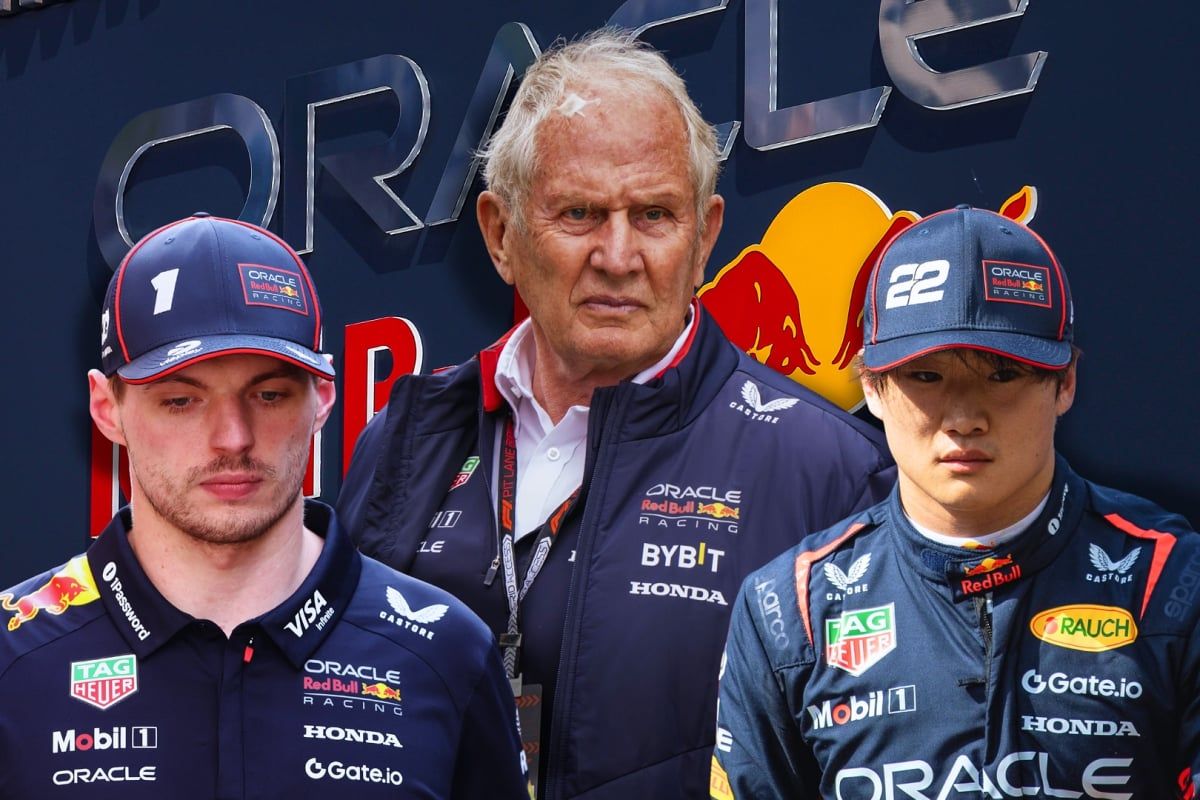F1 Driver Salaries: How much do Hamilton and V… read more
The Formula 1 (F1) world is a captivating blend of high-stakes competition, cutting-edge technology, and astronomical salaries. The 2025 title challenger, Lando Norris, is firmly entrenched in this world, boasting a lucrative contract with McLaren. However, his age and lack of a proven world championship pedigree place him at a significant disadvantage compared to established stars like Max Verstappen and Lewis Hamilton. This financial disparity is a key element in the complex ecosystem of F1.
While Norris’s contract is substantial, it pales in comparison to the reported mammoth pay rise received by his team-mate, current championship leader Oscar Piastri. This raises questions about McLaren’s strategic approach to driver compensation. Are they wagering on Piastri’s current form and potential, or are they simply responding to market pressures and the escalating costs of talent in F1? The article highlights a crucial point: driver salaries are not directly constrained by the F1 budget cap. This exemption is a critical aspect of the financial framework, allowing teams to allocate resources more strategically.
The budget cap, a crucial mechanism in F1, is designed to level the playing field by restricting teams’ spending on car development, personnel, and other operational costs. This cap aims to prevent teams with significantly greater financial resources from dominating the competition. However, the separation of driver salaries from the budget cap allows teams to allocate substantial sums to driver compensation without impacting their overall spending limit. This seemingly contradictory arrangement underscores the unique financial dynamics of the sport.
The table provided offers a glimpse into the compensation structure across the F1 grid. Max Verstappen’s staggering $65 million annual salary, for instance, positions him at the top of the salary echelon, reflecting his dominance and status as a global icon. Lewis Hamilton, another legend, commands a similarly high salary at Ferrari. The significant disparity between Verstappen/Hamilton’s salaries and those of Norris, Piastri, and other drivers underscores the importance of proven track records and championship success in achieving top-tier compensation.
The notable salaries in the table suggest a hierarchical structure, with established champions and drivers at the top receiving the highest payments. Drivers like Fernando Alonso, despite his experience and track record, are not paid at the Verstappen/Hamilton level, reflecting his position in the pecking order. The salaries of Norris and Piastri, while substantial, are significantly below the top echelon, highlighting the impact of experience and title wins on compensation.
The article further clarifies that the salaries listed are base salaries, excluding any performance-based bonuses. This aspect is crucial in understanding the full financial picture of a driver’s compensation. Performance bonuses could further elevate the compensation packages of drivers like Verstappen, Hamilton, or Norris, depending on their results and performance. Such variables further complicate the financial tapestry of F1.
Crucially, the exemption of the highest-paid employees’ salaries, including team principals, from the budget cap, is a significant factor. This allows teams to allocate a substantial portion of their resources to the highest-level personnel without breaching the budget cap. This is a vital aspect in maintaining the talent pipeline and attracting and retaining skilled personnel across the entire F1 ecosystem.
The exemption of marketing costs and utility bills further supports the idea of a financial structure that enables teams to invest strategically. Marketing costs, crucial for brand building and attracting sponsors, are excluded, allowing teams to invest in these areas without impacting their spending limits. Similarly, operational costs like utility bills are also exempt, enabling teams to focus on core aspects of performance.
The article’s clarification of driver salaries’ exclusion from the budget cap is crucial. It highlights the delicate balancing act within F1. While the budget cap aims to level the playing field, the exemption for driver salaries allows teams to compete for top talent without compromising their overall spending. This unique feature allows F1 to attract and retain drivers, fueling the competitiveness of the sport. This balance between equalizing resources and incentivizing talent is an essential component of the ongoing evolution of the sport.
In conclusion, the financial dynamics of Formula 1 are intricate and multifaceted. The separation of driver salaries from the budget cap allows teams to invest in top talent, while the budget cap itself aims to equalize resources in other crucial areas. This unique combination of mechanisms sustains the competitive allure of the sport, ensuring continuous innovation, and attracting the best talent worldwide. The financial disparity among drivers, while seemingly vast, is part of a complex framework that fuels the ongoing evolution and competitiveness of Formula 1.




